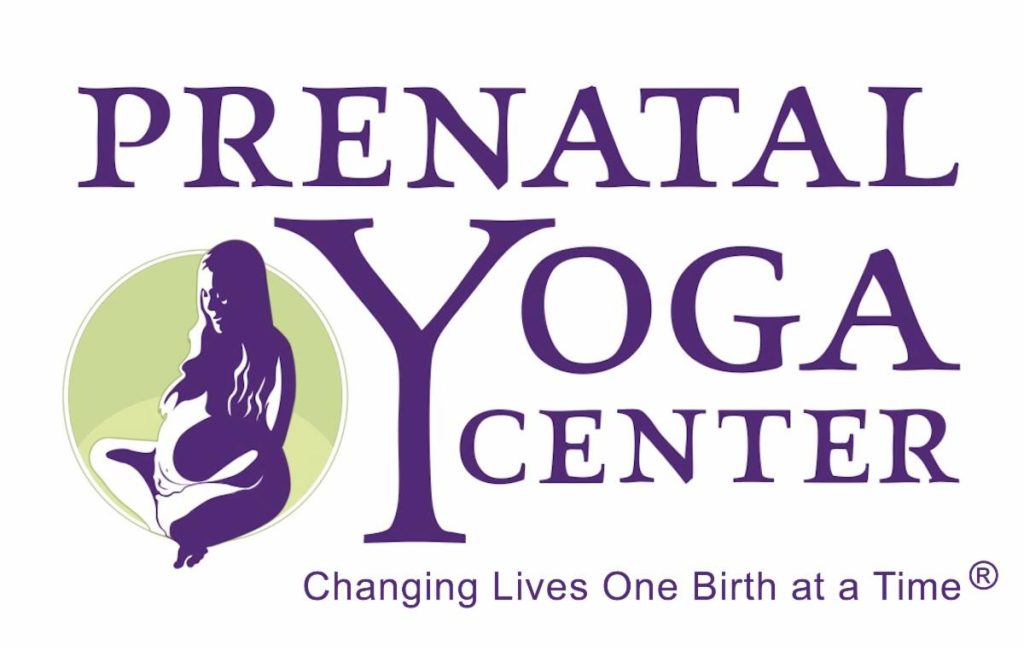I just recently came across a wonderfully informative article, Early C-Section Carries Risks, Study Finds by Keith Winstein in the Wall Street Journal about a study recently conducted and published in The New England Journal of Medicine about the risks of early elective cesarean births. This struck me as an important, immediate topic, as I regularly hear my students discussing elective cesarean births: postpartum women saying that they had a c-section and would likely do so for their subsequent child, and currently pregnant women talking about their scheduled c-section appointments.
Side note: I know this is a delicate topic for many expectant moms who are choosing to have an elective cesarean birth. Time and time again, when a student tells me that she has scheduled an elective c-section, that information is very quickly followed by her reassurance that the procedure is being done strictly on the basis of medical necessity. This hasty follow-up statement often carries a fair degree of defensiveness. So I want to be clear, I am not making a judgment for or against c-sections. In fact, I particularly like the article because it does not criticize women for electing to have a cesarean birth, but rather discusses the importance of when in the pregnancy it is appropriate to schedule the surgery.
Generally speaking, the medical community believes that full gestation is established at 37-40 weeks, making it acceptable to deliver a baby anytime after 37 weeks – though many health professionals believe it inadvisable to deliver a baby before the 39 week mark. This particular study is based on the latter supposition, defining “early” delivery as anytime before 39 weeks gestation. The study, which is based on 13,258 elective cesareans, found that more than 35% were delivered before 38 weeks, which can result in higher frequency of infection, need for cardiac resuscitation and lengthier hospitalizations for the newborns. And, there appears to be a significant differentiation between 37, 38, and 39 weeks with regard to the complications that may result: Among babies born at 39 weeks, 3.4% had certain breathing problems, including one called respiratory distress syndrome. The frequency of such problems rose to 5.5% for babies delivered at 38 weeks, and to 8.2% at 37 weeks.
The difference between 37 and 39 weeks may not seem significant to you and me, but for baby these extra few weeks allow that bun in the oven to cook a little longer! Seriously, the last three weeks of pregnancy are very important for the baby’s lung development. In short, the difference between a few weeks is meaningful for the developing fetus, and so the decision to deliver a baby on either side of these three weeks can have very real implications for the baby’s health.
Ultimately the decision as to when to schedule an elective cesarean warrants a frank discussion between a patient and her care provider. My teacher Colette Crawford drilled into my head during my prenatal training that it’s important to remember to weigh the risks versus the benefits. What is the basis of your decision to have a c-section, and when to have it? What are the risks for you and baby? What are the benefits for you and baby? I am proud to pass on her wise words, especially where it concerns such an important decision – the health of your baby.






